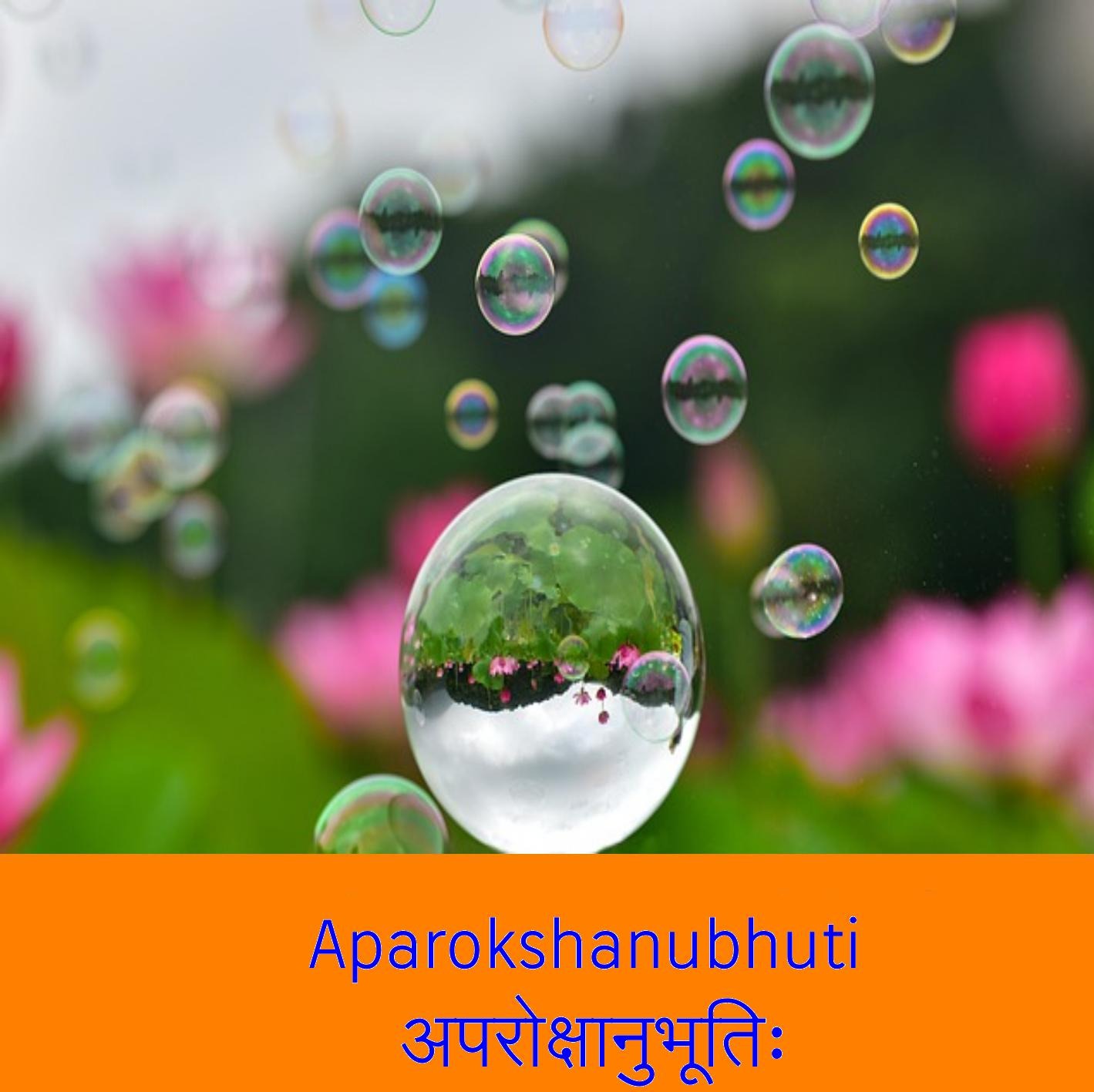Aparokshanubhuti-15
- Author
- Aurobind Padiyath
- Published
- Fri 25 Jul 2025
- Episode Link
- https://redcircle.com/shows/fe53db7f-360c-4b30-b69c-83084d6bcae3/episodes/1a895307-4616-40ad-b6a6-03ea18bd6a50
Verse 34
- The śruti confirms what reasoning already proves: the Self is distinct from the body, all-pervading, changeless, and supreme.
- The ignorance of the dehātma-vādin (those who think "I am the body") is so dense that even the clear declarations of scripture are dismissed.
- The passage subtly mocks this view while honoring śruti as the ultimate pramāṇa (means of knowledge) for knowing the Self.
Verse 35
- This verse reinforces the earlier conclusion: the Self is not the body, but the all-pervading Puruṣa.
- The Puruṣa Sūkta itself affirms this: “puruṣa eva idam sarvam” — “The Puruṣa alone is all this.”
- Therefore, the idea that "I am this body" stands invalidated both by reason and scripture (śruti).
- The technique of “adhyāhāra” (contextual supplying of meaning from earlier verses) is used here to connect thoughts logically and uphold śruti’s authority.
Verse 36
- The Self (ātman) is asanga — inherently free from relation to the body, senses, or mind.
- The body is ananta-mala-saṁśliṣṭa — endlessly tainted and involved in change.
- Thus, the śruti refutes dehātma-vāda (the notion that the body is the self), strengthening the non-dual view that the Self is ever-free, unattached, and distinct.
Verse 37
- Self-luminosity (स्वयंज्योतिः) is a key trait of ātman: it illumines everything — including the body — yet is not illumined by anything.
- The body is objectified in experience and is therefore not the subject — the true 'I'.
- This argument deepens the subject-object distinction, further dissolving any identity between Self and body.
